If 2025 has proven anything in real estate, it’s that no one has a crystal ball. From surprising interest rate shifts to the growing dominance of smart tech in homes, this year’s market has taken some wild turns. Buyers, sellers, and investors alike have had to pivot fast—and in some cases, rethink their long-held assumptions. Below are 11 of the most surprising trends that have defined real estate so far this year, complete with context and insight into what’s driving these unexpected changes.
1. A Boom in Single-Family Rentals
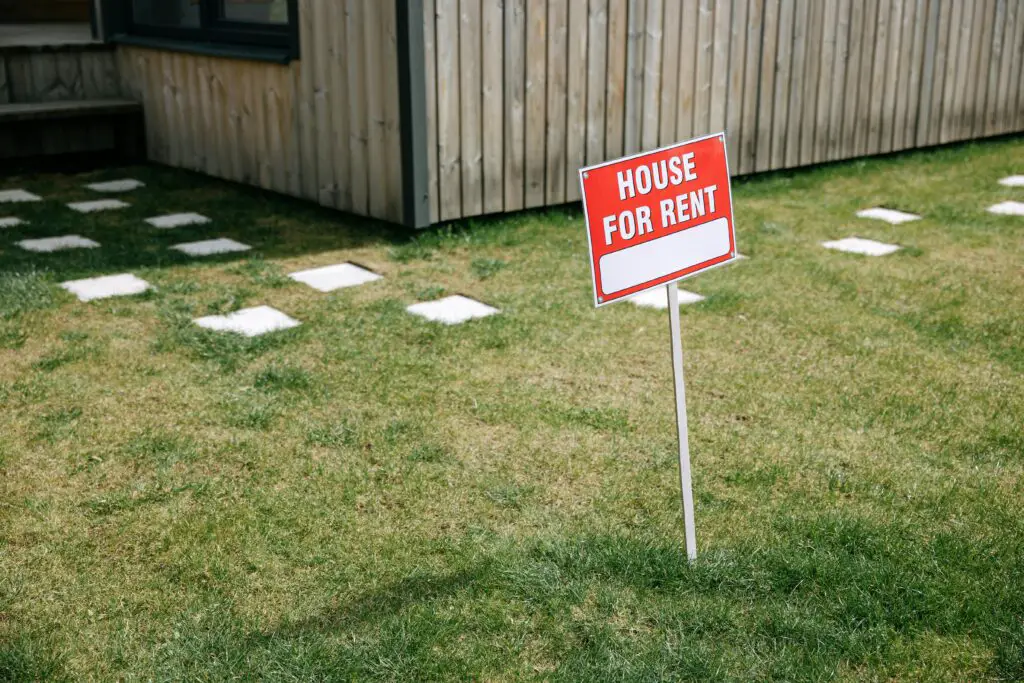
According to Zillow, 2025 has seen an aggressive rise in demand for single-family rental homes—especially those in build-to-rent communities. Younger generations, especially Millennials and Gen Z, are leaning into the flexibility of renting over the permanence of owning. These purpose-built neighborhoods offer the look and feel of suburban life with the convenience of a lease. Investors have noticed too, pouring capital into entire developments tailored to this demand.
The appeal? Private yards, more space, and the ability to relocate without selling a home. These rentals are popping up most often in fast-growing metro suburbs like Phoenix and Charlotte. It’s a major pivot from the urban apartment craze of the last decade. And with home affordability still strained, this trend doesn’t seem to be slowing down.
2. Increased Demand for Multi-Use Properties
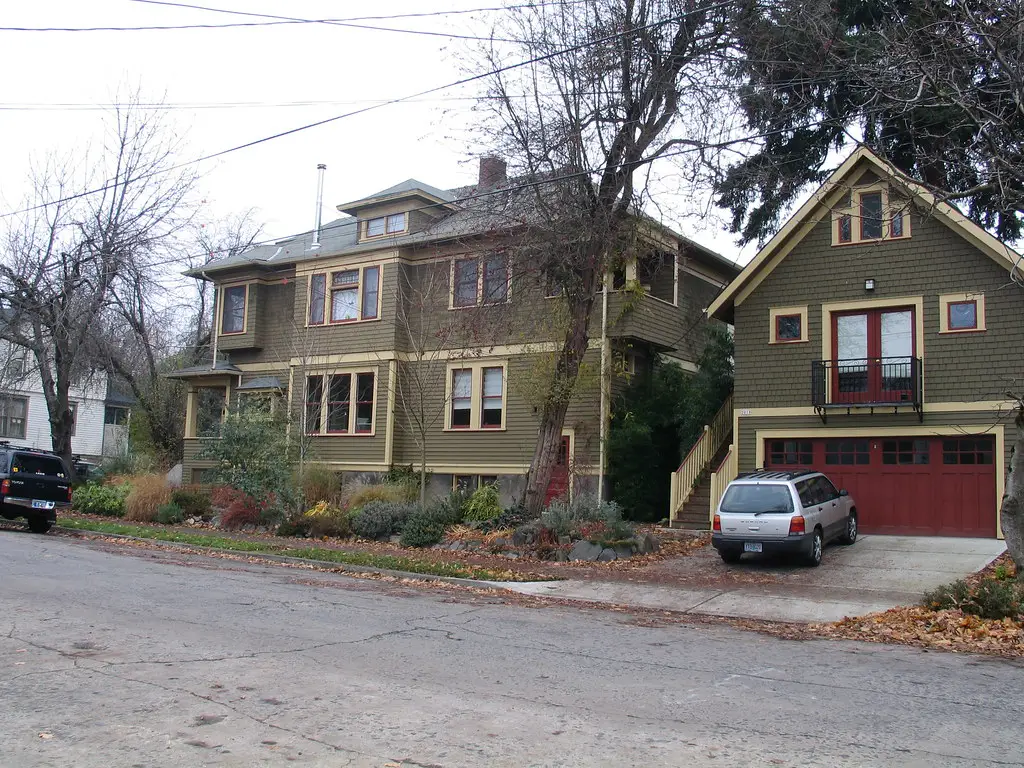
As noted by Forbes, the rise of hybrid work has made buyers crave homes that can do it all—office, gym, school, entertainment hub. Homes with flexible layouts, bonus rooms, and ADUs (Accessory Dwelling Units) are selling faster and often above asking price. This is especially true in areas where square footage is more affordable, like the outer suburbs or small towns.
Buyers are getting savvier, seeking out properties with dual-purpose rooms or space to renovate. Builders have responded with open-concept plans that still include private workspaces. It’s no longer enough for a home to just be a place to sleep and eat. Now, buyers expect it to support the rhythm of modern life.
3. Migration to Secondary Markets
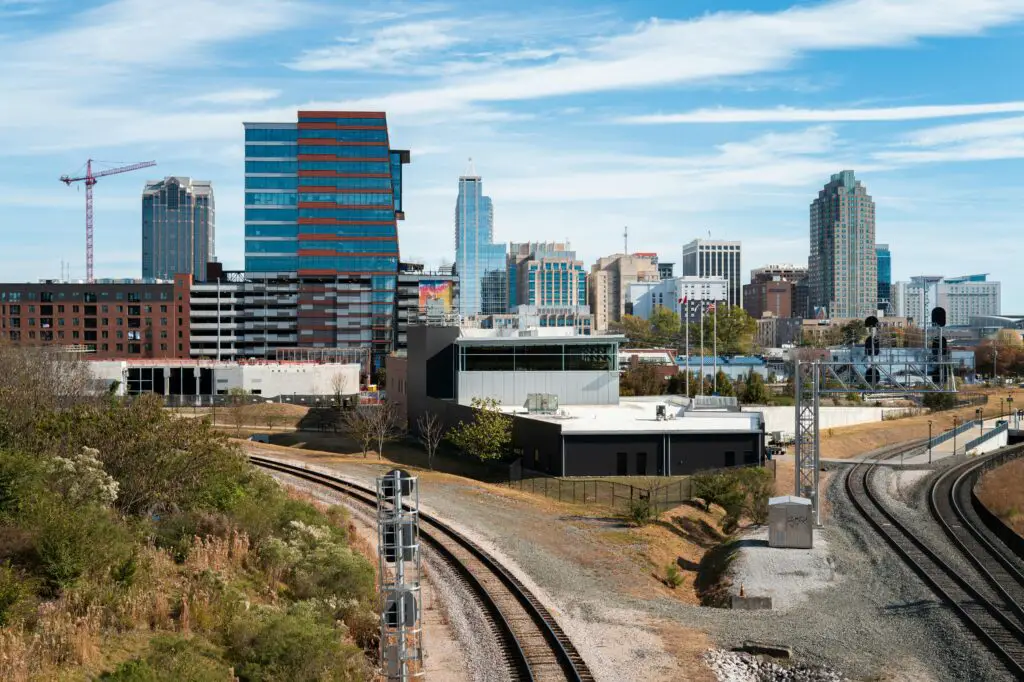
According to a Wolf Street housing market report, smaller cities like Raleigh, NC, and Tulsa, OK, are experiencing outsized growth in both home sales and rental activity. What’s fueling it? Affordability, lifestyle perks, and increasing job opportunities thanks to remote-friendly industries relocating or expanding into these areas.
Homebuyers are trading sky-high mortgages and rents in primary metros for more space and better quality of life. Cities like Boise, Chattanooga, and Des Moines are also seeing newcomers arrive in droves. These places offer just enough urban energy—with lower price tags and less traffic. It’s a reshuffling of the real estate map few predicted would happen so fast.
4. Higher Interest Rates Reshaping Affordability

As predicted by Bankrate and other financial analysts, 2025 brought another bump in mortgage rates, which now hover above 7% in many markets. This has dramatically cooled previously red-hot bidding wars and shifted buyer focus to affordability over dream-home wish lists. First-time buyers are feeling the squeeze most, often delaying purchases or lowering their budgets.
Higher rates are also affecting inventory—homeowners with ultra-low 2020–2021 mortgages are hesitant to sell, creating a “locked-in” effect. More people are staying put and renovating instead. And when homes do hit the market, there’s intense competition for anything under the median price. It’s a pressure cooker situation that has reshaped every segment of the market.
5. Sustainability Driving Construction Trends
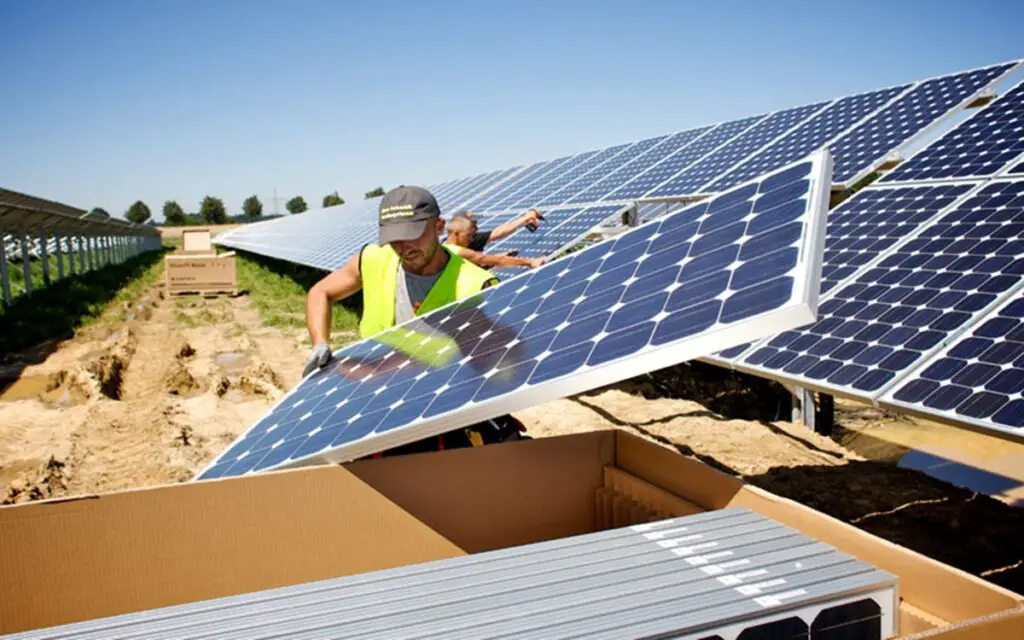
Eco-conscious buyers are no longer just a niche—green features are now a top priority for a growing chunk of the market. From solar panels and tankless water heaters to high-efficiency insulation and windows, these upgrades are moving homes faster. Some cities and states are even offering tax incentives or rebates for sustainable retrofits.
Builders are responding by marketing homes as net-zero ready or LEED-certified. And energy bills are helping seal the deal—buyers are comparing monthly utility costs just like they would property taxes. Sustainability is no longer a nice-to-have; for many, it’s essential. This marks a real shift in both priorities and construction norms.
6. The Continued Rise of Smart Homes

From smart thermostats to whole-home voice control, smart tech has gone mainstream in 2025. Buyers now expect connected home features, and sellers who offer them often get more interest and better offers. Even mid-range homes are including smart locks, security cameras, and app-controlled lighting systems as standard features.
It’s about more than convenience—it’s about efficiency and peace of mind. Especially for younger buyers, homes without tech upgrades can feel outdated. For sellers, it’s a relatively low-cost way to stand out. Expect to see even more integration in the years ahead as smart tech becomes second nature.
7. More Focus on Affordable Housing
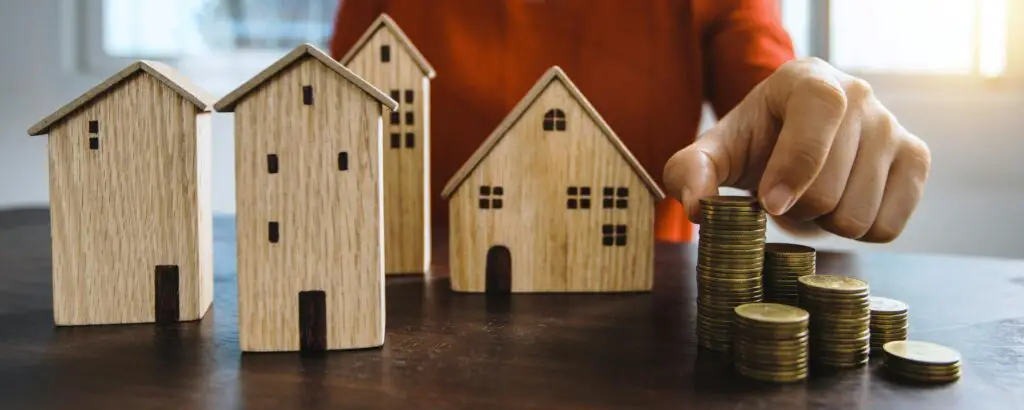
Cities and local governments are finally taking concrete steps to address the affordability crisis. From relaxed zoning laws that allow for more duplexes and ADUs, to government-funded housing initiatives, there’s a coordinated push to expand access. Developers are also being offered incentives to include affordable units in new builds.
This trend is about equity—but it’s also about demand. Many would-be buyers simply can’t afford today’s prices, and rental prices have climbed too. Without more accessible options, entire local economies risk stagnation. 2025 marks a critical turning point in how we approach affordability in housing policy.
8. Shifting Preferences Toward Smaller Homes
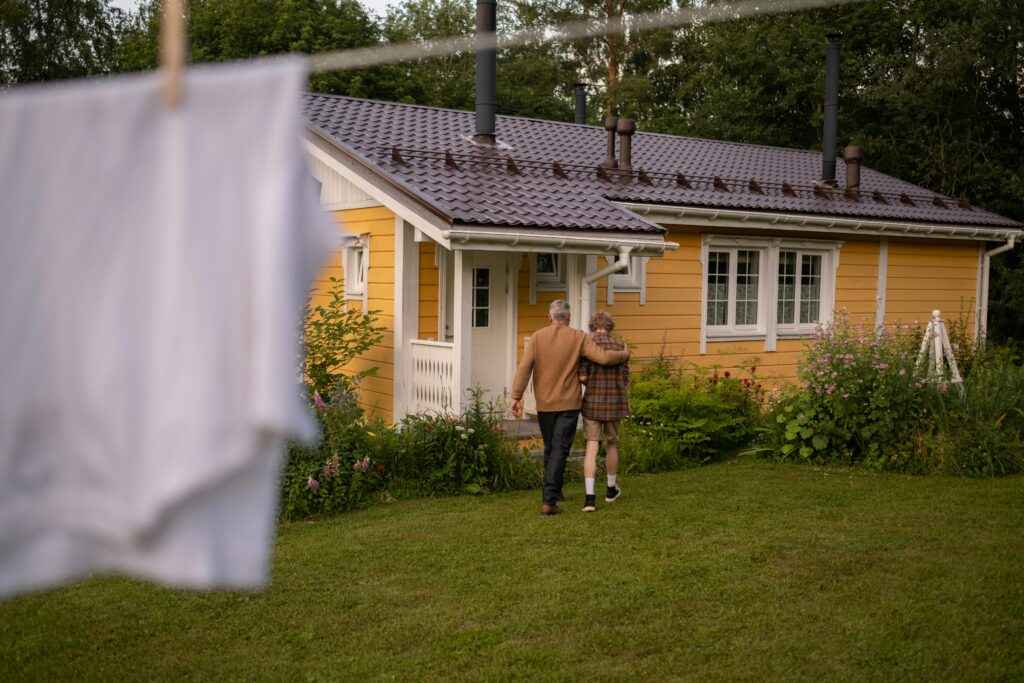
High construction costs and rising utility bills have made smaller, more efficient homes increasingly attractive. Millennials and Gen Z are especially embracing this trend, preferring quality over square footage. Townhouses, cottage-style homes, and even high-end tiny homes are getting snatched up quickly in hot markets.
There’s also a lifestyle appeal here—less cleaning, less waste, and less stuff. Buyers are prioritizing location, design, and layout over size. It’s a far cry from the McMansion era of the 2000s. Downsizing, it turns out, can feel like an upgrade.
9. Remote Work Impacting Location Choices

The remote revolution has made it easier for people to move wherever they want—and they are. In 2025, location decisions are increasingly driven by climate, lifestyle, and cost of living. That means more people are relocating to places like Asheville, Santa Fe, or coastal Maine—not for jobs, but for joy.
This freedom is shifting market demand in unexpected ways. Vacation towns are becoming permanent homes. Rural communities are growing more diverse. And buyers are proving they don’t need to be within commuting distance of a corporate office anymore.
10. Technology Streamlining Real Estate Transactions

2025 is the year real estate tech truly hit its stride. From virtual open houses and drone inspections to AI-generated property valuations, the process has become more streamlined than ever. Buyers can tour homes from across the country and make offers with just a few taps.
Blockchain-backed transactions are also beginning to gain traction, cutting out middlemen and reducing fraud risk. This wave of innovation is especially appealing to digital natives. For agents and brokers, it means adapting fast—or risk being left behind. The age of the paper-heavy real estate deal is on its way out.
11. Institutional Investors Expanding Their Reach
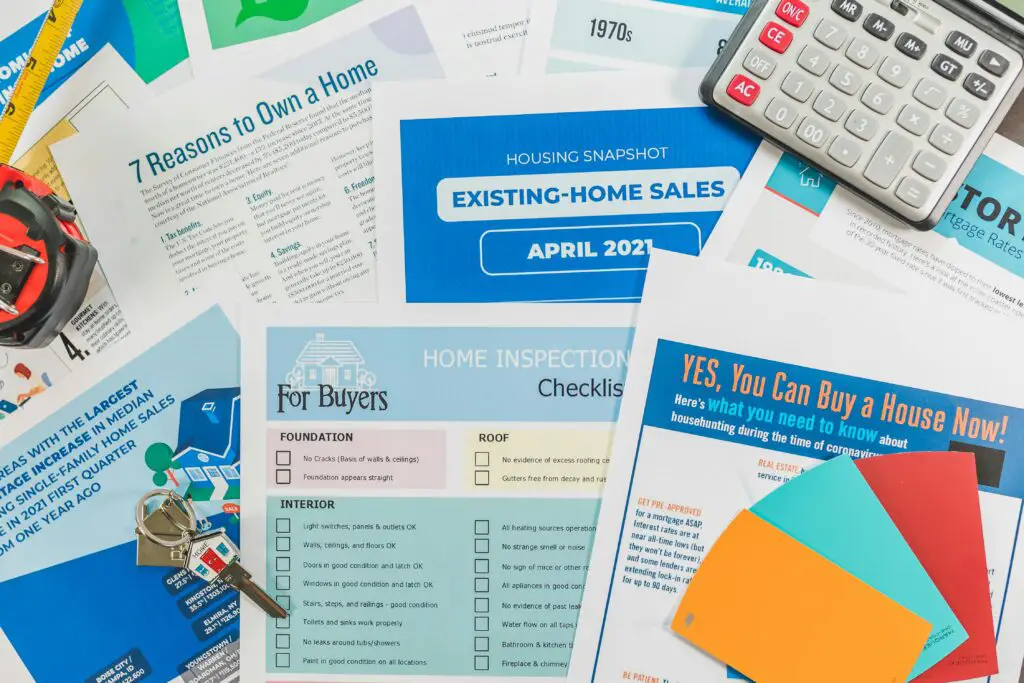
Institutional investors are snatching up residential properties at a faster pace than ever, particularly in high-growth markets. These bulk buyers often beat out individual offers with all-cash deals, raising concerns about fairness and access. Their growing presence has triggered discussions in Washington about regulating how much residential real estate one entity can control.
For the average homebuyer, this can make an already competitive landscape even tougher. Entire neighborhoods are being bought up for conversion into rentals. Critics argue this removes opportunities for ownership and inflates local housing prices. The trend has sparked a broader debate about who housing is really for—and what kind of future we’re building.
